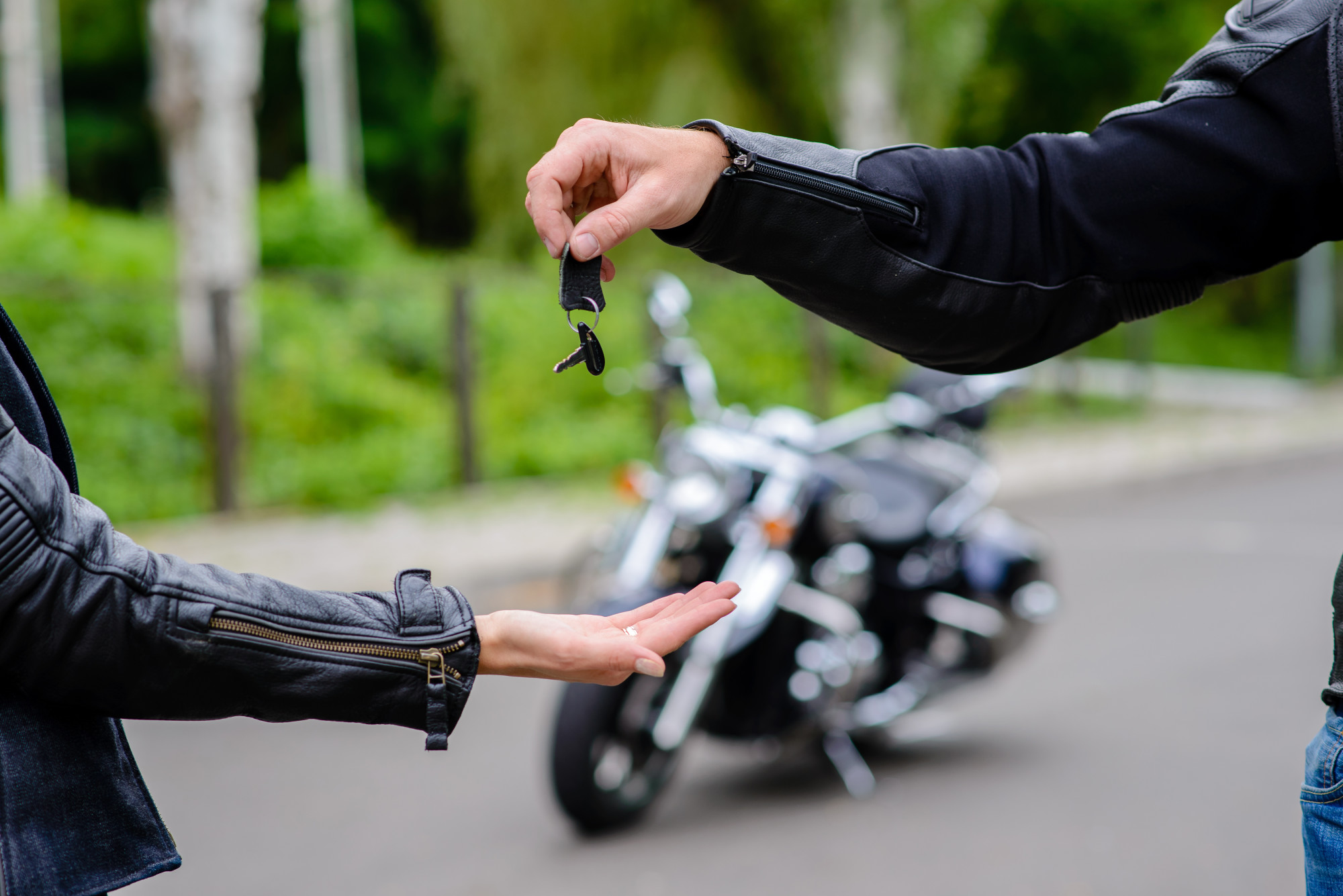More than 1.5 billion miles are covered by American motorcyclists each year.
If you are daydreaming about speeding down sun-drenched roads with the wind at your back, you are not alone. The exhilarating lifestyle that a bike promises is about more than just recreation. It is about community, soul-searching, and a space all your own.
Yet the road is only part of the story. If you are thinking about buying a motorcycle, you will want to consider all of the risks, costs, and preparation involved. Let’s take a look.
1. A Good Beginner Bike
A starter motorcycle itself can cost you anywhere from $5,000 to $10,000.
Find Your Online Car Repair Manual Today! ->>
The most important thing to consider when looking for your first ride is seating position. Standard motorcycles can help you get the hang of things without unnecessary power.
Cruisers are also good starter bikes. They have low-set seats and large engines and can help you lean forward while you ride.
Engine size is also something to consider. 250cc bikes are the easiest to learn on, but you will probably want something with a little more power after riding regularly for a few months.
Something in the mid-range, such as a bike with 500-600cc, will be fun for newbies to ride for a long time. Anything over that will not be safe for an inexperienced rider.
2. The Right Equipment
You should also budget about $1,000 to $1,500 for the right equipment. A helmet itself can cost you anywhere from $150 to $900.
It is also a good idea to invest in a jacket with high-abrasion-grade leather to keep you from freezing at higher speeds. Motorcycle-specific boots can help you grip the road in rain or snow or when riding over fluids on the road. They can also prevent your ankles from getting broken or twisted in the event of an accident.
Jeans will not protect you if your bike crashes. Get a pair of armored pants to protect your knees and hips.
3. Know Your Helmet Laws
Some states require a DOT-certified helmet. Others have rules that necessitate them only for riders under the age of 17. Still other states do not require helmets at all.
Make sure you know the rules specific to your geographic area before you ride. You don’t want a ticket your first day on the highway!
4. Get Some Training
A basic rider course will cost you around $300, but it could very well save you a trip to the hospital. These courses provide 10 hours of riding instruction, and both motorcycles and helmets are supplied to students.
5. Consider Ongoing Costs
Tires can cost you between $400 and $600 per set, and the rear tire may have to be changed every 3,000 miles. Chains and belts are between $140 and $250.
Assume these expenditures will be necessary before investing in your own vehicle, and budget for them every few months. Gas for motorcycles will be another regular expense. These days, it can run you up to $4 a gallon.
And don’t forget to budget for any upgrades that you may want to help improve performance along the way.
6. Consider Maintenance
Be prepared to spend around $1,000 a year in maintenance between oil changes and chain maintenance. If you need to adjust any valves or replace any starters, you can add on an extra $800 to $1,500.
7. Think About Motorcycle Insurance
You can get a decent rate on auto insurances if you are over 25 and have a clean driving record. Your motorbike insurance will probably run you about $500 per year. If you are under 25 or have any driving moments you’d like to forget on your record, expect to pay more.
8. Do a Pre-Ride Inspection
Check out your ride before you take off. Make sure your choke is turned off so you are not wasting gas.
Check your engine or chain belt. If it is in good condition, it should move freely without being too loose or too tight. To inspect it, turn the rear wheel to watch the chain move.
Make sure there are no fluids leaking anywhere on the bike. If you will be riding on rural roads, you can set your odometer to alert you when you need to start looking for a gas station.
9. Keep Your Eyes on the Road
Remember that you will drive in the direction you are looking. Keep your eyes fixed directly on the road ahead of you.
Many drivers will not see you the way they see other cars. At every intersection, parking lot, or alley, keep your eyes peeled for anyone who might be coming onto the road.
Be prepared to brake for anything in your line of vision that could cause an accident. This includes construction sites, lane merges, or cars pulled to the side of the road. Be certain not to drive in anyone’s blind spot.
Always drive defensively on a motorbike. Remember, you will not be plainly visible to other drivers, especially if they are distracted.
10. Have Fun
You will have the best time on the road if you have a great beginner bike and some proper training. Don’t be afraid to speed up a little once you are comfortable controlling your vehicle.
Remember that motorbikes were designed for fun. Get some great buddies who can encourage you and help you develop as a biker and a friend for years to come.
The Thrill of Buying a Motorcycle
Buying a motorcycle is more than just an assertion of your individuality. With the right bike, sturdy equipment, and a careful driving approach, you will always be glad you invested in yourself.
For more information on autos, read our blog today.







